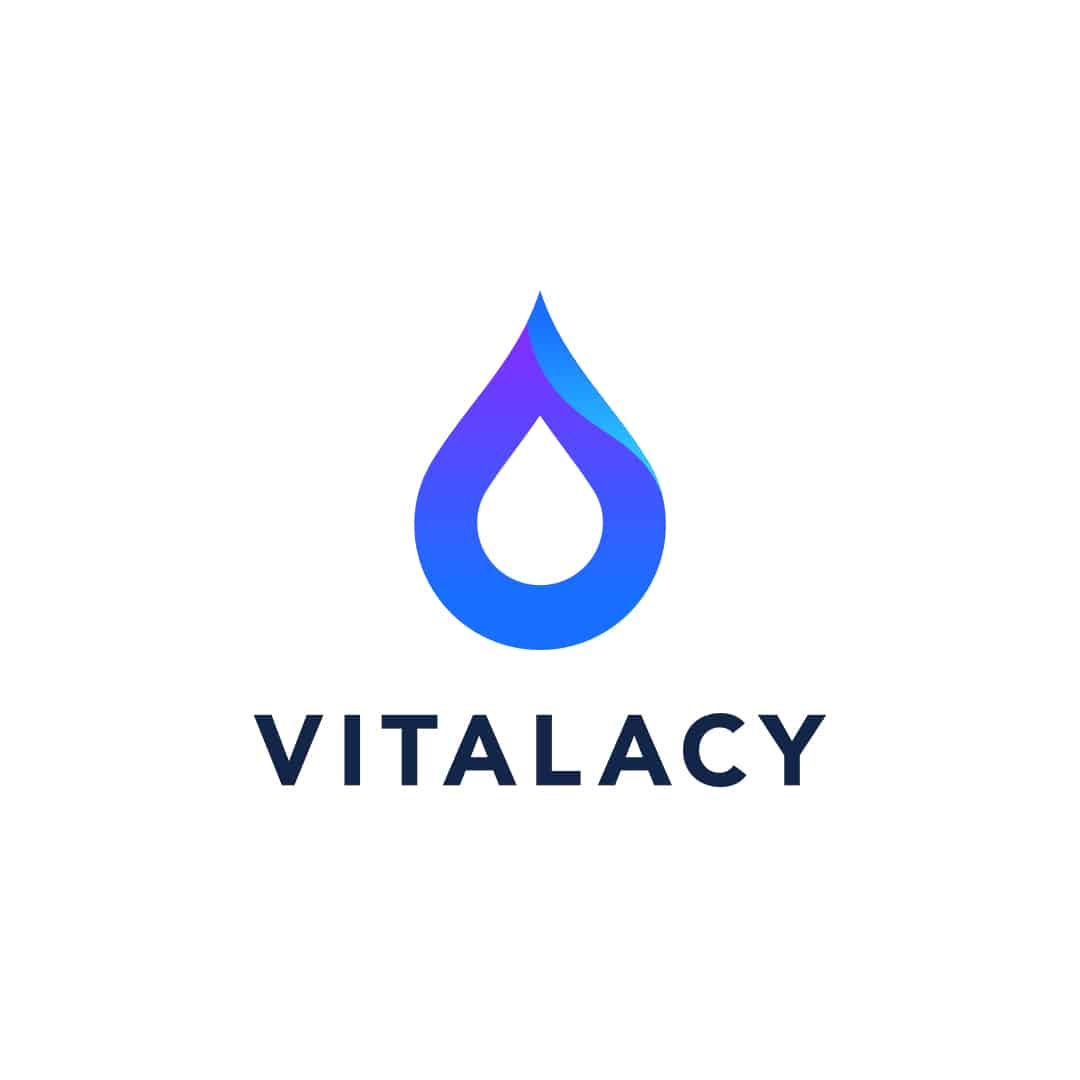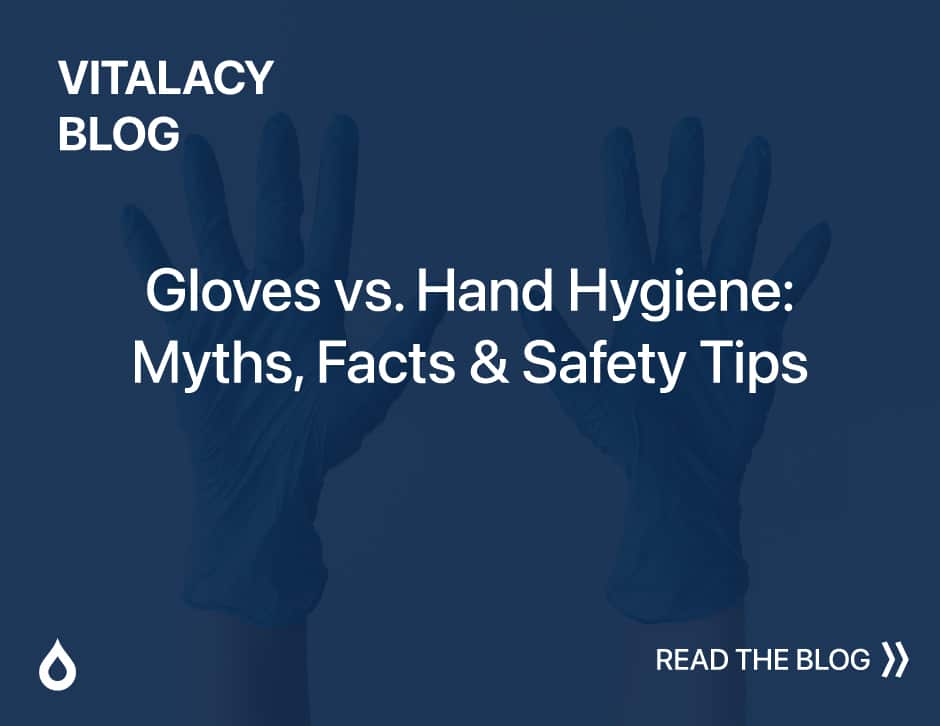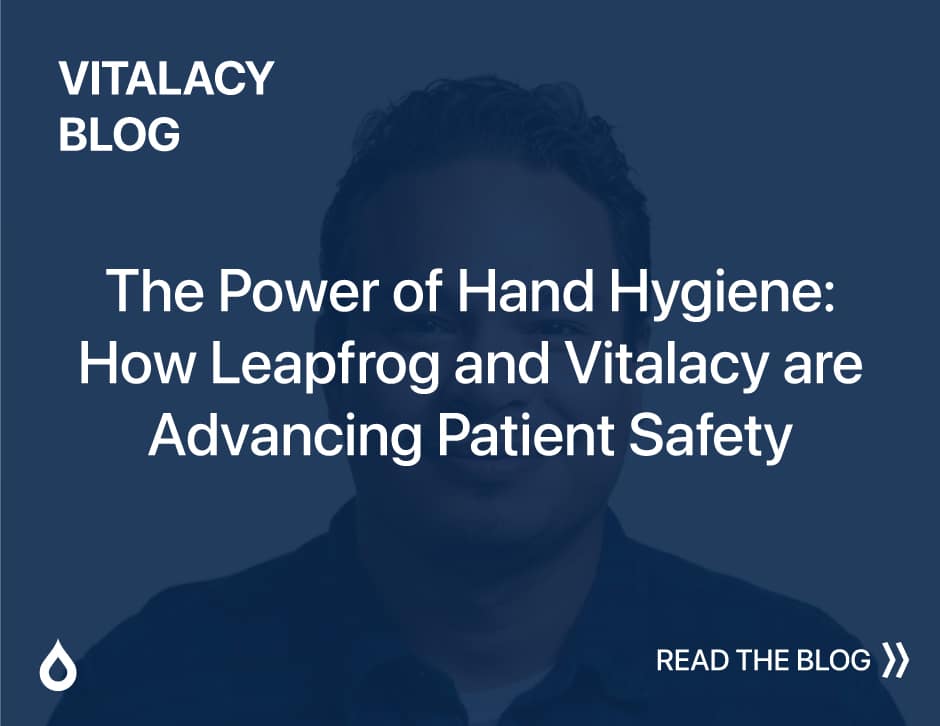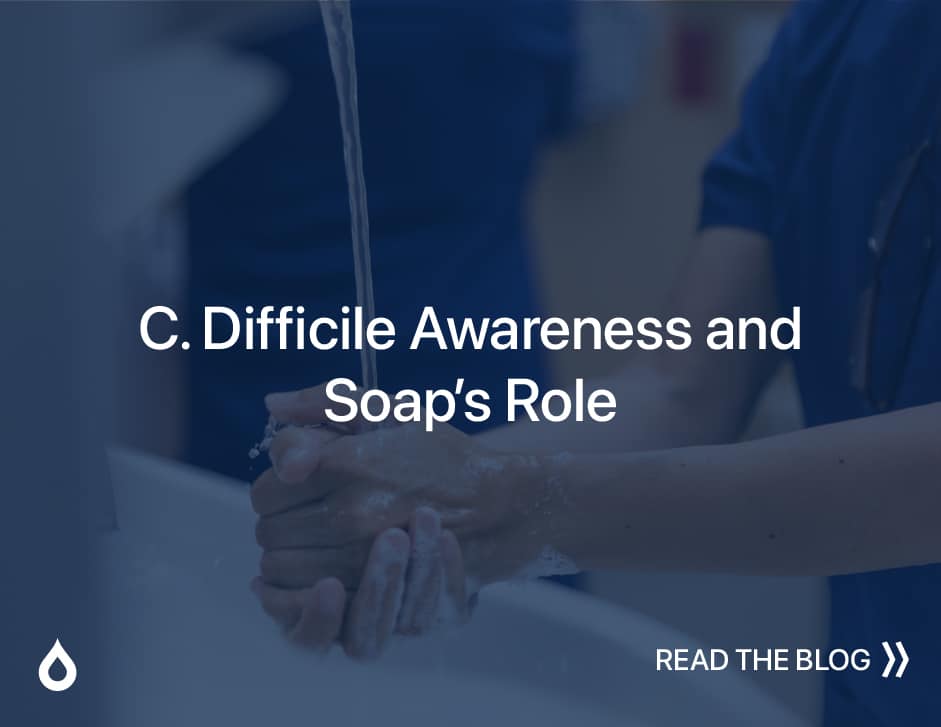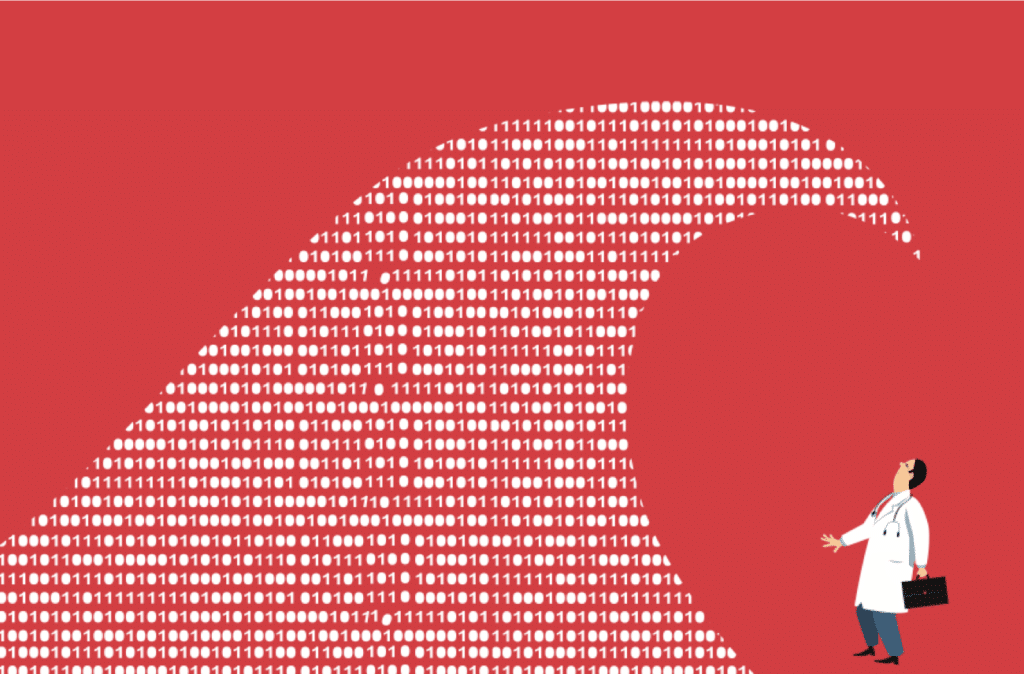
Golden-era science fiction dreams met widespread practical application in 2017 as machine learning increasingly became capable of performance in a production environment. From factories to finance, artificial intelligence and deep learning are leveraged to quickly analyze and act on big data, and the healthcare industry isn’t immune to these upgrades. In fact, the intersection between AI and healthcare is poised to bring potential compliance, patient safety and clinical wins to the sector.
Machine Learning Exponentially Increases the Value of Data
Big data, blockchain and the continuous advancement of cloud technology are all set to drive innovation in healthcare during 2018, but much of the ground work is already laid for disruptive technologies. Take Google’s predictive AI, which analyzes retinal scan data to accurately predict cardiovascular issues in several studies.
Because machine learning isn’t just imitating existing diagnostics, which is admittedly something any machine can do with the right amount of coding and data, but discovering new predictive tools, the ramifications are astonishing. Lily Peng, MD, a lead on the Google AI project, reported that the technology was able to distinguish between the retinal scan of smokers and nonsmokers with 71 percent accuracy. In contrast, the human accuracy rate with such a determination is about 50 percent.
One reason machine learning is taking analysis and diagnostics to new levels is because it brings added value to data that already exists but can’t be fully ingested by human clinicians. Experienced doctors can identify patients with high blood pressure based on retinal scans, for example. Machine learning can apply millions upon millions of data points to analysis of retinal data to predict systolic blood pressure within 11 mmHg of actual, according to the Google studies.
Practical Applications of AI in Healthcare
While Google’s cardiovascular example is still in theory and study stage, facilities, equipment manufacturers and healthcare software vendors are already putting the concepts of machine learning and big data to work in practical applications.
A study published by the British Cardiovascular Society notes that some promising uses for AI in medicine include automated risk prediction (and prevention), machine learning for more precise diagnostics and reinforcement analysis to augment (or cement) the decisions of human clinicians. And those uses are already in action in facilities across the globe.
One Silicon Valley hospital instituted an AI software program that uses all the data points in patient electronic health records, along with real-time patient tracking, to accurately predict which patients are at risk of falling. In this case, the machine learning is simply expounding on concepts already understood by healthcare practitioners, such as fall risks, and adding artificial intelligence to understand patterns using real-time computations.
In short, the machine receives every new piece of data and determines what it can learn from the new information to be better at its job. The software is so good at predicting fall risks, hospital staff can better protect patients and have reduced falls by 39 percent.
Machine Learning to Assist and Educate Providers
In addition to predictive analysis and diagnostics, machine learning can help providers in small ways throughout busy days. Vitalacy’s own hygiene compliance system pairs AI with known best practices for handwashing. Providers wear a wristband, which collects data, and machine learning helps the program provide appropriate feedback on handwashing habits and techniques to each individual clinician. At the same time, the AI takes a big picture look at compliance, training and equipment needs across the entire organization.
Cooperation Required: Machine Learning Can’t Do Everything
While machine learning and AI are poised to drive revolutionary innovations in healthcare, they aren’t going to replace human interactions. Machines can’t do everything; AI can’t wash your hands for you.
For now, the intersection between AI and healthcare is still resolutely in the territory of human providers.
Sarah Stasik is a full-time freelance writer and project manager with a background in healthcare revenue cycle management.
Request a demo of Vitalacy’s Automated Hand Hygiene Monitoring Solution today!
Author
-

Vitalacy is committed to reducing patient harm in healthcare through better hand hygiene and patient safety solutions. Bluetooth-enabled smart sensors and wearables help improve outcomes and Leapfrog Hospital Safety Grades.
View all posts

